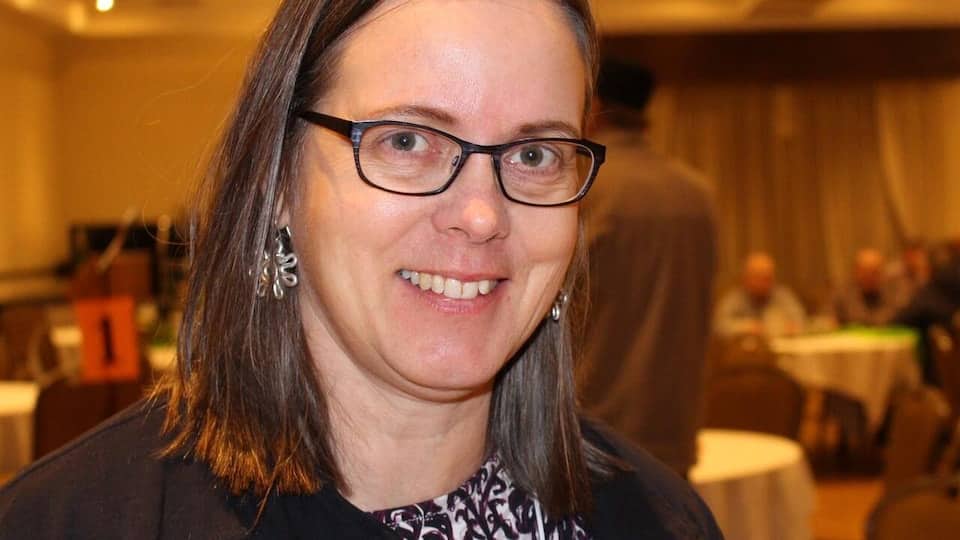According to the agricultural census in 2021, the province had 34,128 farms compared to 34,523 in 2016.
This decrease confirms a trend that has been observed for many years, according to Statistics Canada, since in 2001, the province already had 50,598 farms. In 20 years, it would therefore have lost more than 16,000.
The figures for the number of farmers are no better and show a downward trend.
From 45,350 in 2016, the number has shrunk to 44,140 in 2021. In 2001, the province had just over 66,000 farm operators.
The situation in Saskatchewan is also part of a trend noted across Canada.
We’ve seen quite a pattern of losing farms and farmers over the years
said National Farmers Union director of research and policy, Cathy Holtslander.
But the number of farms over 3500 acres [1417 hectares] increased over the past 20 years in Saskatchewan.
Farmland leasing is also trending due to the cost of land and farm debt, notes Cathy Holtslander.
In Saskatchewan, approximately 60% of the land is owned and 40% is leased. As for the agricultural debt, it had increased, in 2020, by 4 billion dollars, according to Ms. Holtslander.
This is a major debt for farmers. […] In 2021, it will likely be even higher, especially with rising interest rates.
Fewer and fewer young people in the agricultural population
Currently, the average age of farmers is 55.8 years old, up from 55 years old in 2016, and from 50.5 years old in 2001. A trend also observed nationally
Meanwhile, the number of farmers under the age of 35 has dropped dramatically in the province, from 8,135 in 2001 to 4,305 in 2021.
We have an emerging crisis in terms of farmer populations
notes Cathy Holtslander.
There are not as many young farmers entering the trade, or young farmers, or middle-aged farmers continuing to practice the trade.
she adds.
According to her, many young people aspire to become successful farmers, but face obstacles, including high input costs
.
Within our organization, we see many young farmers who would like to practice this profession and be successful, but they find it difficult to do so because of the high costs.
Farmer Rob Stone, based near Davidson, says the price of some herbicides has tripled or even quadrupled, not to mention the impact of fuel costs.
In 2020, fuel was costing us $6.75 per acre to run the entire farm. Right now it would cost us about $23 per acre. It’s considerable
notes Mr. Stone.
According to Fransaskois farmer from Zénon Park, Nicolas Ferré, even if many young farmers have settled in the area, it is often not easy for them to integrate into the agricultural community.
It’s impossible for a young person to decide, I’ll start working the land and then I’ll start from scratch. Without the help of the generation before you, it is almost impossible to become a farmer.
The only light amidst the shadows, the number of women in agriculture in Saskatchewan has increased for the first time in 30 years.
In 2021, there were 735 more women in agriculture than in 2016, but men still make up nearly 73% of operators in the province. A trend also observed across Canada.
With information from Frederic Harding and Pratyush Dayal
Reference-ici.radio-canada.ca
